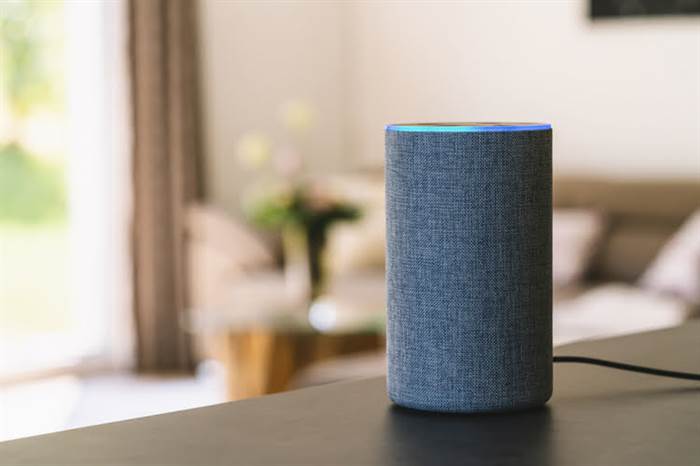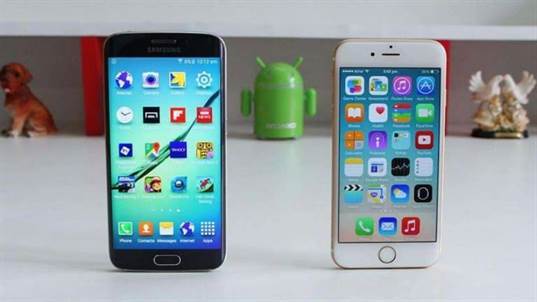It’s important to note if an activity is completely obscured by another activity, it is stopped. But it is no longer visible to the user so its window is hidden. When you open an app or click on a button that takes you to another screen, then onCreate() will be the first activity cycle that gets executed. Of course, if an app on any smartphone is in the foreground and using power-hungry devices, battery life will be comparatively short.

A fragment refers to the portion of an activity’s UI that allows us to create multiple screens in our Android application. Fragments were introduced in Android v3.0 to support a more flexible UI design on large screens like tablets. The latest version of Android at the time of writing, v12.x, includes extra features like a more expressive and dynamic system UI. This step is the “lifecycle” part of the “mobile development lifecycle” that people tend to forget about.
Stages of the Mobile App Development Lifecycle
This question is full of knowledge and i am going to up vote this question. Find centralized, trusted content and collaborate around the technologies you use most. Consider a use-case where we need to ask permission from the user. When we now reopen the activity, it will call onCreate and not onRestart to start the activity. After this point, the activity is ready to be used by the user.

So an app transitions between Activities many times during its lifetime. Android Activity Lifecycle is a collection of methods exposed within the Activity class which provides the developer a resource management framework. The resource management framework allows developers to meet the unique state management requirements of each activity and handle the resource management.
Mobile App Development Life Cycle Explained!
The data that you pass with Intent when starting a new activity is preserved when the activity is being recreated. Check the logs to see the lifecycles of both activities as you move from one screen to another. The process for passing the data between activities and fragments.
Once you have a clear understanding of your visuals, you need to consider whether the back-end systems can support your app’s functionality. Think- APIs, data diagrams, data integration, servers, push notifications, etc. You will have different requirements depending on whether it is an android app development or an ios app development lifecycle. The platform formats will also need a slightly different back-end working based on whether it’s on a smartphone, wearables, tablets, etc.
The activity lifecycle: the foreground lifetime
Start proactively monitoring your Android apps — try LogRocket for free. LogRocket also helps you increase conversion rates and product usage by showing you exactly how users are interacting with your app. LogRocket’s product analytics features surface the reasons why users don’t complete a particular flow or don’t adopt a new feature.

OnCreate() method is called when activity gets memory in the OS. To use create state we need to override onCreate method. The final call received before the activity is destroyed. This can happen either because the activity is finishing (when finish() is invoked) or because the system is temporarily destroying this instance of the activity to save space. To distinguish between these scenarios, check it with isFinishing() method. These are not listed as life cycle methods but they will be called during life cycle depending on some conditions.
Over 200k developers use LogRocket to create better digital experiences
It takes you all the way from building your first app to submitting your app for sale. A couple chapters cover what you learned here, but the difference is that you’ll build the apps from the ground up. Now that you know the basics of the Android lifecycle, you’re ready to explore further. Build your apps and don’t be afraid to inspect how your activities and fragments behave in different scenarios. Besides ViewModel, other components can also help you to manage the lifecycle, such as Lifecycle-Aware Components. You can also look into more complex cases, like the Multi-Window Lifecycle.
Product Life-cycle Management (PLM) Systems Market Demand … – Digital Journal
Product Life-cycle Management (PLM) Systems Market Demand ….
Posted: Thu, 18 May 2023 10:49:07 GMT [source]
While activities inherit from the context class, fragments do not. You’ll need to use the context property within a fragment to have access to app data that is accessible to the context, like strings or images. Note that within the activity, you https://globalcloudteam.com/ can tell Android which layout to use by calling setContentView in onCreate. While in the fragment, you’ll have to manually inflate and return the inflated layout within the onCreateView method, which is independent of the onCreate method.
Saving and Restoring the Activity Instance State
Starting from a user clicking on the App icon to launch the app, to the user exiting from the App, there are certain defined states that the App is in, let’s see what they are. When a user clicks on the App icon, the Main Activity gets started and it creates the App’s User Interface using the layout XMLs. And the App or Activity starts running and it is said to be in ACTIVE state. There can be multiple Activities in Android, but there can be only one Main Activity.
- There are two things we need to do to update our Stopwatch app.
- And how does the App knows this, because we coded it that whenever a user starts it, it has to ask the user to switch ON the GPS tracker, as it is required.
- They both share the same logic for managing states, but MainFragment.kt contains a few more lifecycle callbacks.
- They are arranged in a stack with the latest activity on top of the stack trace, called the back stack.
- An interface to global information about the application environment.
- Now let’s see how to implement this with the help of a below example.
Take a look at the below figure to understand the life cycle. With this, let’s move further and know what is the Android activity life cycle. Has extensive support for multimedia hardware control to perform playback or recording using camera and microphone. First is if user pressed the back navigation https://globalcloudteam.com/tech/android/ button then activity will be destroyed after completing the lifecycle of pause and stop. Lifecycle is a process that tells us about the Events performed on an Activity/Fragment. We have a lifecycle as a class that has two types of enumerations to track the components, State and Event.
Here in this serties of article, I will show you all those basic in the real project with RoomDatabase . 😊
The actual app build is where your developer should be pouring in the most time. In this stage, the initial plans, designs, and lessons learned from prototyping all come together as a guidebook for creating the end product. The limitation of wireframing and preliminary UI design is that you can’t see how the app draft behaves in practice. Foresight like this can help prevent extended delays and numerous mid-build changes that would drastically slow the build process and prevent expedient application release. While this might feel like overkill, or perhaps like it would slow down the development process, app prototyping can be an invaluable part of the development process.
